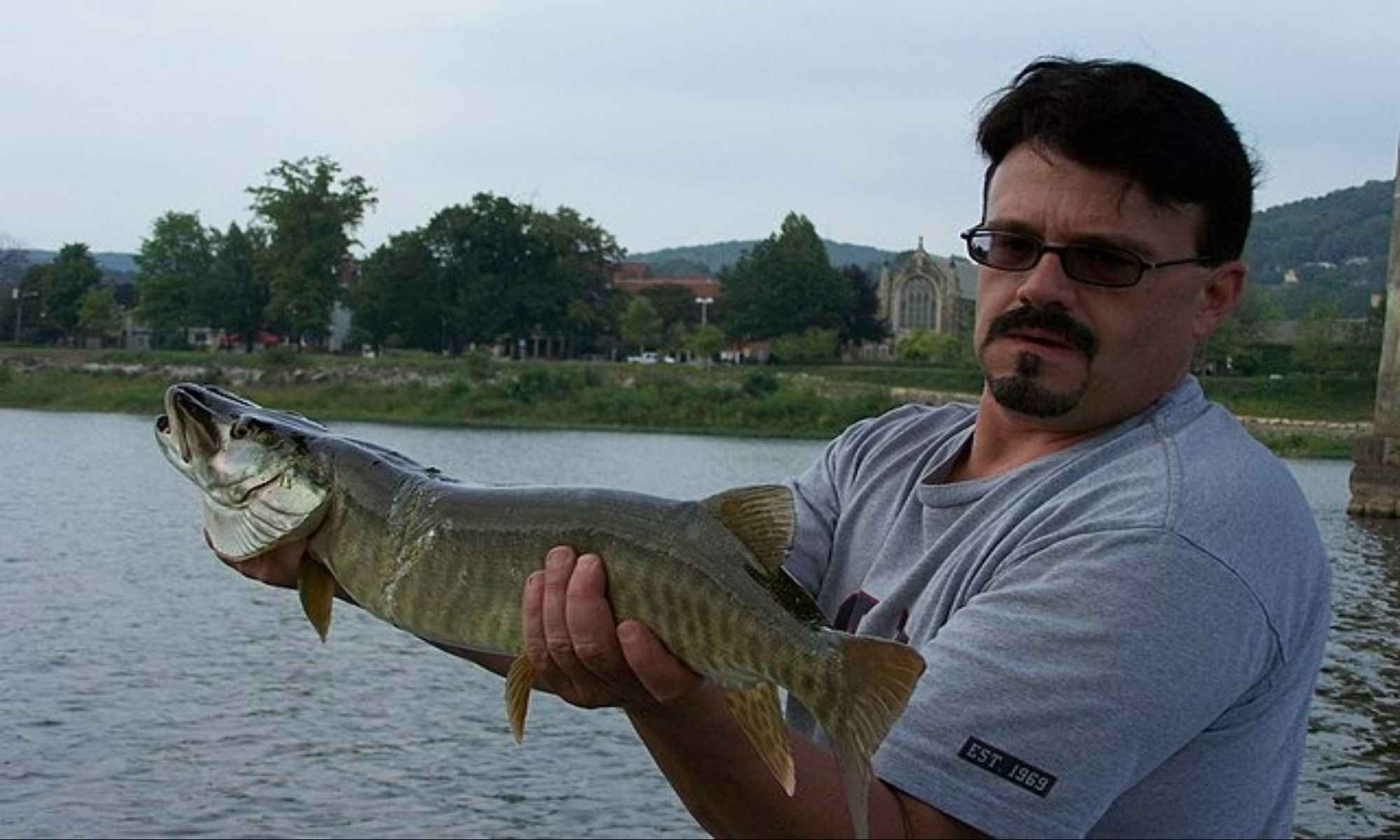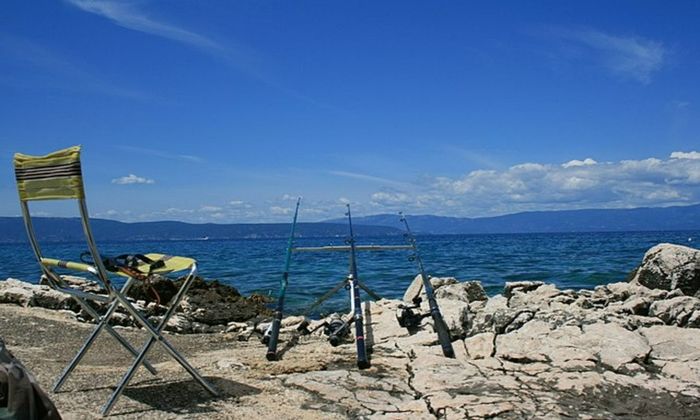The Right Equipment To Use To Catch Bigger Fish
Have you always dreamt of catching a big fish? Here are some tips to make that dream come true!

Fishing for big fish is every angler's dream. The bigger the fish, the more meat there is on the table. On the other hand, if it's caught and released, it's a better story to share.
A large catch, however, involves a lengthy fight, so it is essential to use the correct strategies. Only when you master fishing fundamentals can you step up a notch and go after the big ones.
5 Tips for Catching Large Fish
1. Invest in Proper Fishing Equipment

Obtaining the necessary equipment is the first step before considering your fishing location. You should invest in a tackle capable of handling large catches, from casting to where your target species lives to reel them in.

Several fishing gears, such as the fishing rod, reel, and line, are essential to a more extensive hunt. If you intend to catch a trophy fish, check the weight specifications of the fishing equipment before you buy it.
To help you select the best fishing gear for big fish, here are a few tips:
- Instead of a monofilament fishing line, use fluorocarbon or braided lines because they have a higher tensile strength. In addition, these lines are difficult to break. It also allows you to use a long fishing line when fighting large fish species, as it can easily pool off the line up to 100 feet long.
- When fishing braided lines, use a thick monofilament leader to make it harder for the game fish to see. Use 4-6 feet of +80 pound monofilament fishing line as the leader to keep the fish from noticing your mainline. For species with sharp teeth, use a steel leader.
- Saltwater fishing pliers can help unhook your catch. The ideal saltwater fishing pliers are those that can handle big fish. You may use this when fishing for sharks and bluefish. If you get too close to these fish, their sharp jaws can easily rip your fingers off.
- You should use hooks rated for trophy catches when fishing for large species. Hooks made of high-carbon hardened steel are ideal since they don’t easily break or bend.
- Make sure you have a knife with you. Bringing a knife will be handy if you plan a so-called "catch and cook" excursion. Choose a portable blade so you won’t have a hard time packing it with you.
2. Find a suitable fishing spot
The location where you are fishing is just as important as your equipment. Even if you have all the best fishing gear and the site is a letdown, your chances of reeling a big catch are still not good. Your lure cannot bring in a big catch if you can't present it to it. Find out on the internet which rivers, lakes, and ocean points have abundant big fish. Once you arrive at your fishing location, cast in deep water because trophy species usually reside there.
A fish finder can tell you how deep the waters are. Since deeper waters are darker, you may also estimate depth based on the water’s color.
Additionally, you should focus on the transition zone between shallow and deeper waters, as big fish congregate there searching for prey. Also, cover as much ground as possible because big fish can cover miles daily.
3. Season and Time Matters Too
You won't catch large fish if you fish at the wrong time or during a bad season. For example, fish are not active in northern climates at the beginning and end of the year, making them difficult to see. Moreover, in Southern America, fishing during the day reduces your chances of catching a big fish during the middle of July.

You can improve your chances of landing a trophy fish by researching peak times and seasons at your chosen location.
4. Know the Proper Lure and Presentation for Different Fish Species
You must swing your lure or bait to catch bigger fish with the right action. The best method for presenting lures depends on the species you're after.
- Slowly present your lure; bigger fish can easily be spooked by aggressively offering your bait. You may gradually present your lure faster if you aren't catching anything.
- You should allow the fish time to eat the lure or live bait before setting the hook: setting the hook right away may break the lure off the fish's mouth. After some time has passed, apply immediate pressure to hook the lure firmly into the fish.
- Don't cross your fishing lines with fellow anglers when turning your boat. When you hook a game fish with crossed lines, you may lose the catch as you reel it in, removing the tangles as you go.
- It is always a good idea to consider chumming fishing methods, as they result in larger catches 100% of the time. If you already have a fishing lineup, you may try trolling or casting it.
5. Safely Reel In Your Catch
There is a difference between hooking up and landing a catch. Because of not knowing this difference, some anglers lose their catch while reeling them in. These tips will assist you in landing your catch:
- The drag should be set appropriately - if your fishing rod bends too much, add more drag, and if the fish runs the fishing line too fast, use less drag.
- Adjust your boat to get the best angle to reel the fish in open water by pulling it up in shallow water, spinning away from underwater structures, and adjusting the hook.
- Maintaining pressure by keeping your fishing rod high and pointed towards the catch is key to preventing the hook from being thrown.



